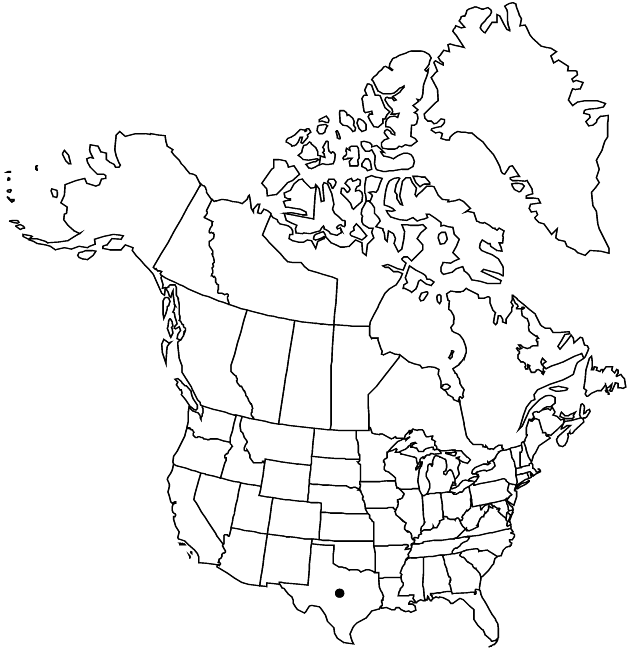Gamochaeta sphacelata
Bol. Soc. Argent. Bot. 9: 380. 1961.
Annuals, 10–35(–50) cm; usually taprooted, rarely fibrous-rooted. Stems erect to ascending, densely gray-white pannose. Leaves basal and cauline, basal usually withering before flowering; blades linear to narrowly oblanceolate (often folded along midveins), 1–4 cm × 1–3(–5) mm (distally becoming ± patent, arcuate bracts surpassing the heads), faces concolor or weakly bicolor, pannose-tomentose (± equally grayish to whitish, basal cells of hairs on adaxial faces persistent, expanded, glassy). Heads in terminal glomerules 1 cm or in interrupted, spiciform arrays 2–14 cm × 10–12(–14) mm (pressed; glomerules sometimes axillary). Involucres cylindro-campanulate, 3.5–4(–5) mm, sparsely arachnose. Phyllaries in (3–)4–5 series, outer triangular, lengths 1/3–1/2 inner, apices (brown) acute-acuminate (usually inrolled and spreading or recurved), inner triangular-lanceolate, laminae purplish (in bud) to whitish or silvery (in fruit), apices (usually striate) acute (not apiculate). Florets: bisexual 3–5; all corollas usually purplish distally. Cypselae (tan) 0.5–0.6 mm.
Phenology: Flowering Jul–Sep.
Habitat: Grasslands, pine-oak woodlands, dry and wet sites
Elevation: 2000–2800 m
Distribution

Tex., Mexico, South America (scattered, fide A. L. Cabrera 1977+, part 10).
Discussion
Gamochaeta sphacelata is recognized by its linear to narrowly oblanceolate, concolor leaves, interrupted, spiciform arrays of heads in compact axillary glomerules or on lateral branches, glomerules subtended by ± patent, arcuate bracts, dark brown involucres, and acute-acuminate, recurving tips of outer and mid phyllaries. Roots are typically lignescent taproots. As in G. purpurea, the basal cells of each hair on adaxial leaf faces are persistent, expanded, and glassy.
Selected References
None.